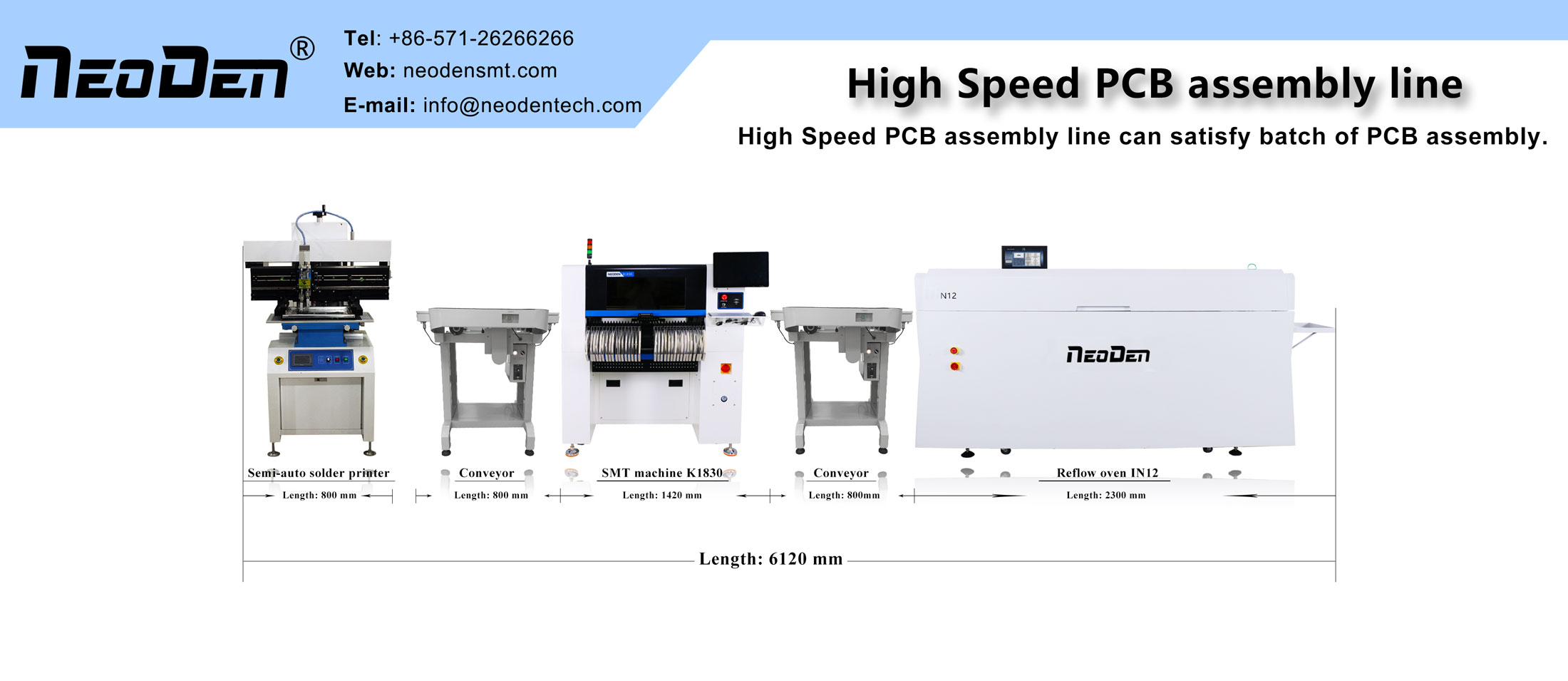Wave soldering machine is the whole circuit board and tin-spraying surface contact depends on the surface tension of solder natural climb to complete welding. For high heat capacity and multilayer circuit board, wave soldering machine is difficult to achieve tin penetration requirements. Selective wave soldering machine is different, the welding nozzle is a dynamic tin wave, its dynamic strength will directly affect the vertical tin penetration through the hole; Especially for lead-free welding, because of its poor wettability, the dynamic and strong tin wave is needed. In addition, the strong flow wave crest is not easy to residual oxide, which will be helpful to improve the welding quality.
The welding efficiency of selective wave soldering machine is not as high as that of ordinary wave soldering, because selective welding is mainly for high precision PCB board, ordinary wave soldering can not be welded. Is a traditional wave soldering when cannot complete through hole group welding (defined in some special products, such as automotive electronics, aerospace classes, etc.), at this time can use programming for each solder the choice of precise control, stable than manual welding, soldering robot, temperature, process, welding parameters, such as controllable, repeatable control; Suitable for the current through hole welding more and more miniature, welding intensive products. The production efficiency of selective wave welding is lower than that of ordinary wave welding (even if it is 24 hours), the production and maintenance cost is high, and the key to the electrode yield is to look at the nozzle.
Selective wave soldering machine main attention:
1. Sprinkler state. The flow of tin is stable. The waves should not be too high or too low.
2. Welding pin should not be too long, too long pin will lead to nozzle deviation, affect the tin flow state.
Wave soldering machine
Simplified process using wave welder:
First, a layer of flux is sprayed onto the underside of the target plate. The purpose of flux is to clean and prepare components and PCBS for welding.
To prevent thermal shock, please warm the plate slowly before welding.
The PCB then welds the plate through waves of melted solder.
Although wave soldering machine is not suitable for the extremely fine spacing required for many of today’s circuit boards, it is still ideal for many projects with conventional through-hole components and some larger surface-mounted components. In the past, wave soldering was the dominant method used in the industry because PCBS were larger in this time frame and most components were through-hole components distributed on PCB.
Post time: Oct-09-2021

